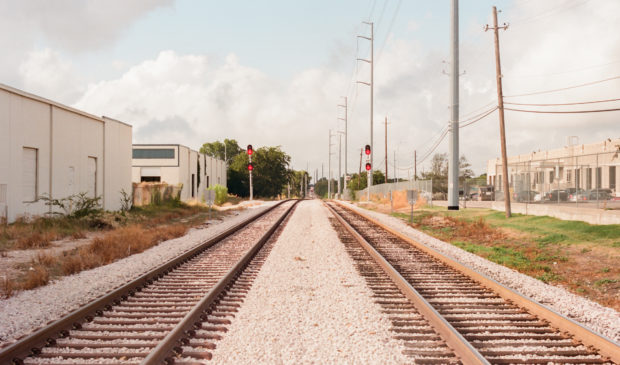County works out budget snags with Cap Metro in transportation blueprint
Wednesday, September 16, 2020 by
Jessi Devenyns Travis County has nearly finished its second year of partnership with Capital Metropolitan Transportation Authority to provide transit operations into unincorporated parts of Travis County. In the process, transportation staff has uncovered a few unanticipated costs that will affect the rollout of the overall long-range plan.
“We are looking at increased costs to the county from the original estimate of $357,000 to approximately $514,000,” Scheleen Walker with the county’s Transportation and Natural Resources Department told the Commissioners Court on Sept. 15.
Part of the increase comes from a permanent budget line item for a CARTS (Capital Area Rural Transportation System) route and another portion of that expanded dollar amount comes from the operation and maintenance costs associated with the two added bus stops for the 318 route on Slaughter Lane. Walker noted that the county also had to renegotiate the contract with Capital Metro for the 271 route which passes by Del Valle High School “and those costs went up somewhat.”
Due to the increased costs as well as service modifications necessitated by the Covid-19 pandemic, Travis County will not add additional service to other areas of the county as it had planned to do when this transportation blueprint was approved in 2018. The plan previously called for up to five more route extensions in 2021.
To ensure that the county can continue to provide existing mobility solutions incrementally in the unincorporated areas, Walker came to request two amendments to the existing interlocal agreement with Capital Metro, which she called “very skinny on details.” She said the partnership has thus far been successful, but that the county and Capital Metro are continuing to work out kinks in funding obligations between the two entities.
The two amendments that arrived for the Commissioners Court’s approval included a $25,000 line item to maintain an annual fund transfer from the Health and Human Services budget to fund the CARTS route and an amendment clarifying the county’s increased access to federal funding. With the total federal funding increase of $10,000 to $233,000, the county is responsible for providing $514,000.
Travis County is obliged to match federal funds on a percentage basis. For capital projects, the local funding match is set at 20 percent and for operations and maintenance costs, local matching must be at 60 percent.
While the county did receive an increase in federal funding allocation to enhance its commitments to transit services, Walker told commissioners it is not enough to provide transit options for all the identified need in the county. In the three-year transit plan, the county identified 10 transit gap zones and proposed three potential service types to bridge the gap: mobility-on-demand programs, community-based solutions that work with existing organizations and extending existing Capital Metro conventional bus routes.
Commissioners voted to approve amendments to the interlocal agreement with Capital Metro. Commissioner Gerald Daugherty voted against the request, although he agreed that the need for additional public transportation options is great and previously supported the plan. “We need to be very, very careful about how much we watch this thing grow,” he said. “I think that there needs to be a different direction of how Travis County stays involved in this.”
He cautioned against the county continuing to increase commitments to public transportation as displacement from more urbanized areas of Austin drives up the need for routes in the unincorporated areas and suggested this was a larger issue that should be addressed by the state Legislature. In 2018, the U.S. Census Bureau designated the zones as urbanized areas, thus disqualifying their residents from being able to access the Capital Area Rural Transportation System.
Zenobia Joseph phoned in to speak to commissioners to remind them that while Capital Metro has extended services, equity needs to remain at the center of the conversation as efforts to expand service throughout the county continue. “I would ask you to recognize that we have not had an equitable distribution of resources,” she said, pointing to the difference in service times between Northwest and Northeast Austin.
She said if the county plans to hold off on introducing additional routes in 2021, staff should at least work with Capital Metro to increase the number of hours that buses run. Without longer hours available, she said, “it limits (people’s) ability to work.”
Photo made available through a Creative Commons license.
The Austin Monitor’s work is made possible by donations from the community. Though our reporting covers donors from time to time, we are careful to keep business and editorial efforts separate while maintaining transparency. A complete list of donors is available here, and our code of ethics is explained here.
You're a community leader
And we’re honored you look to us for serious, in-depth news. You know a strong community needs local and dedicated watchdog reporting. We’re here for you and that won’t change. Now will you take the powerful next step and support our nonprofit news organization?




